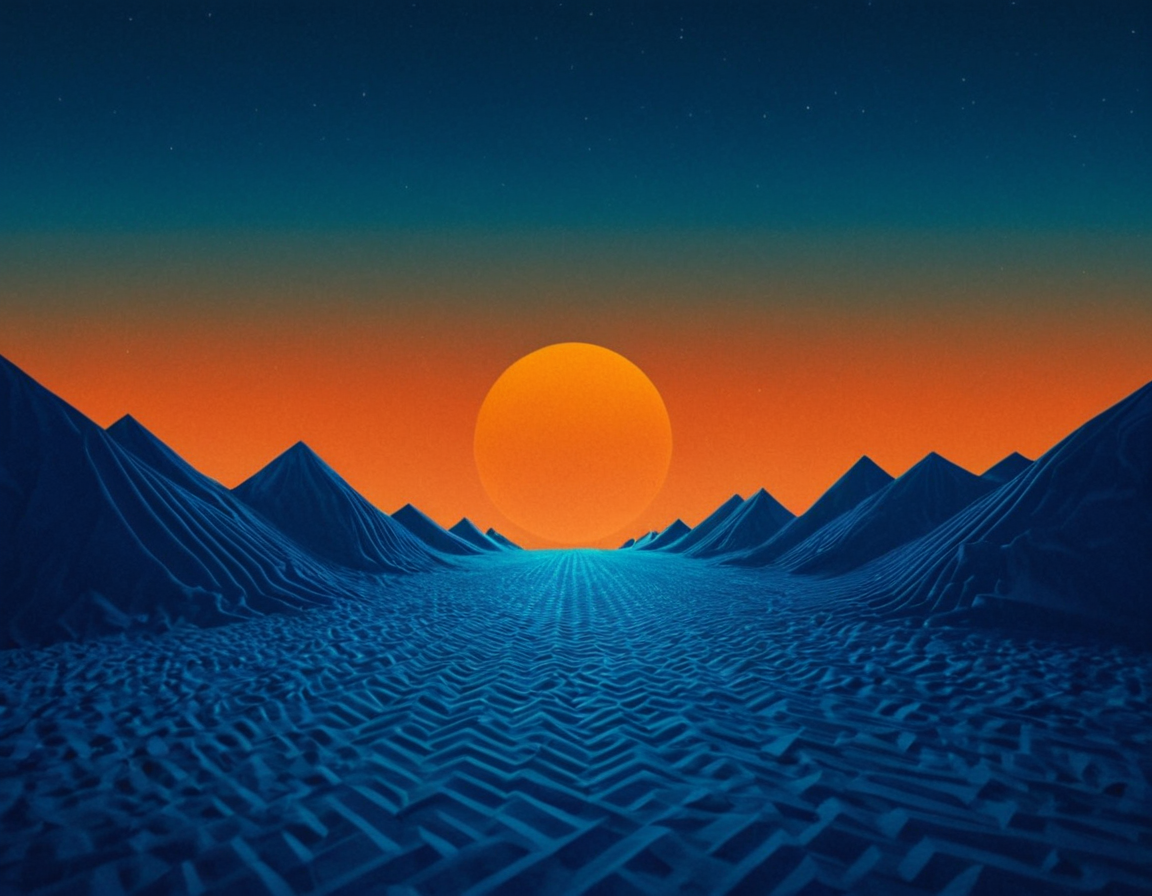Midjourney Limits Unpacked

Unpacking the Limitations of Midjourney: A Deep Dive into its Strengths and Weaknesses for AI Image Generation
Introduction
The rise of AI-powered image generation tools has revolutionized the field of computer vision and opened up new avenues for creative expression. Midjourney, in particular, has garnered significant attention due to its impressive capabilities in generating realistic images. However, beneath its surface-level success lies a complex web of limitations and challenges that must be addressed. This article aims to delve into the strengths and weaknesses of Midjourney, providing a comprehensive analysis of its potential and pitfalls.
Strengths: Advancing the State-of-the-Art
Midjourney’s architecture is built upon cutting-edge deep learning techniques, specifically focusing on transformer-based models. These advancements have enabled the development of more sophisticated and nuanced image generation capabilities. The model’s ability to learn from vast amounts of data and adapt to new styles and trends has led to impressive results in various applications.
For instance, Midjourney’s proficiency in generating realistic portraits has opened up new avenues for artistic expression and social media content creation. Its capacity to produce high-quality images with minimal input has also sparked interest among researchers exploring the intersection of art and technology.
Weaknesses: Limitations and Challenges
Despite its impressive capabilities, Midjourney is not without its weaknesses. One of the primary concerns surrounding the model is its reliance on vast amounts of data, which can lead to biases and inconsistencies in generated images. Furthermore, the lack of transparency into the model’s decision-making process makes it challenging to identify and address these issues.
Moreover, the current state-of-the-art in AI image generation is predicated upon significant computational resources and expertise. This has created a barrier to entry for many individuals and organizations looking to explore the potential of such technology.
Practical Examples: Limitations in Action
Let’s consider a practical example where Midjourney’s limitations become apparent. Suppose we’re tasked with generating images for a social media campaign that requires diverse representation from underrepresented communities. While Midjourney can produce realistic portraits, it may struggle to capture the nuances and complexities of these communities.
In such cases, relying solely on Midjourney may lead to tokenistic or superficial representations, perpetuating existing power dynamics. This highlights the need for more critical evaluation and contextual understanding when leveraging AI tools like Midjourney.
Conclusion: A Call to Action
As we continue to push the boundaries of what is possible with AI image generation, it’s essential that we acknowledge and address the limitations and challenges associated with such technology. By doing so, we can work towards creating more responsible and equitable applications that prioritize diversity, inclusivity, and transparency.
The question remains: how will we harness the potential of Midjourney and other AI tools to create a more just and equitable world?
Tags
midjourney-limitations ai-image-generation deep-dive-analysis transformer-based-models computer-vision
About Carlos Ramirez
AI enthusiast & photography expert Carlos Ramirez | Helping you unlock the power of AI in image editing & generation | Join me on this visual journey as we explore the latest smart photography tools & techniques on gophotos.com
